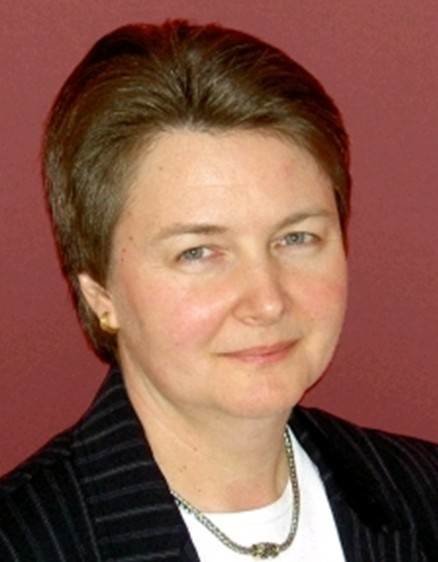Bluetooth Low Energy (Bluetooth LE)
Bluetooth Low Energy is a power-conserving variant of Bluetooth personal area network (PAN) technology, designed for use by Internet-connected machines and appliances.
Also marketed as Bluetooth Smart, Bluetooth LE was introduced in the Bluetooth 4.0 specification as an alternative to Bluetooth Classic. Like its predecessor, Bluetooth LE uses frequency hopping wireless technology in the 2.4 GHz unlicensed radio band to interconnect nearby devices. Unlike its predecessor, Bluetooth LE maxes out at just 1 Mbps while consuming just 0.01 to 0.5 watts. That’s up to one third of the speed of Bluetooth Classic, at no more than half the power.
Originally introduced in 2004, Bluetooth LE adoption is now being driven by today’s fast-growing Internet of Things (IoT). For example, Internet-connected devices used for personal healthcare, fitness, sports, entertainment, and locationing now use Bluetooth LE to communicate with contemporary smartphones and tablets, including iPhones, Android phones, Windows phones, and BlackBerrys. Battery life depends upon hardware, transmit distance and duty cycle, ranging from 1 to 40 months. For example, an iBeacon – a device that emits periodic Bluetooth pulses to enable inexpensive, precise indoor positioning – could easily operate for 1-2 years on a single battery.
Bluetooth LE is attractive to consumer electronics and Internet-connected machine manufacturers because of its low cost, long battery life, and ease of deployment. From thermometers and heart rate monitors to smart watches and proximity sensors, Bluetooth LE facilitates infrequent short-range wireless data communication between devices, powered by nothing more than a dime-sized battery.






